Doomsday Little Ones
Getting Kids Into Prepping
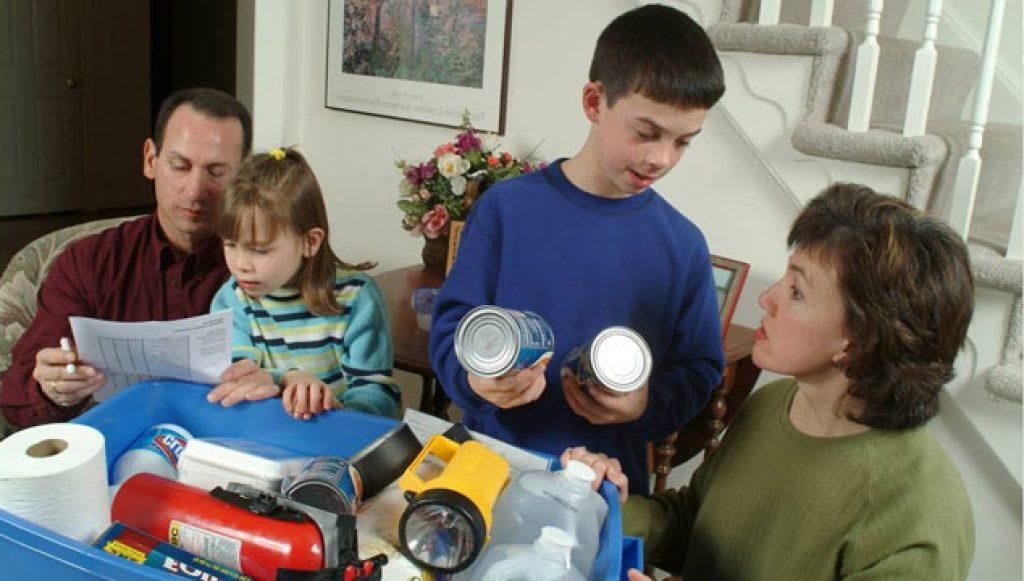
Kids are the future. They are the bedrock foundation for powerful communities and overall society. In the US, there are 23.6 million kids between the ages of zero and five years old, 24.3 million between six and eleven years old, and 25.1 million teenagers. There are three million babies born every year adding to this number. Disasters can be scary events, and the aftermath is overwhelming for adults. For kids, it’s ten times worse, especially if they are too young to process what is happening around them. Today is National Care For Kids Day, and here are some ways to get the little ones Doomsday-ready.
Age-Appropriate Skills
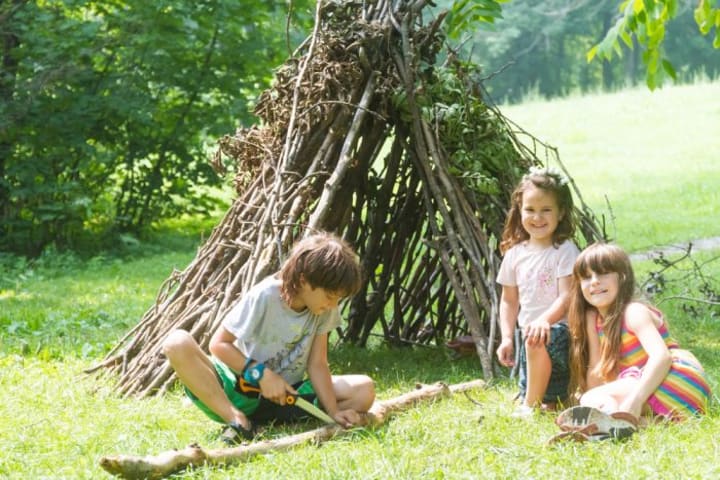
Much like chores, you’ll want to teach your children age-appropriate skills to help them through the crisis. You most likely won’t be with them when the big one hits, so teaching them basic survival skills, like dialing a phone, can help give them peace of mind during the first chaotic five minutes of the aftermath. Unfortunately, between zero and six years old, your child can’t mentally process what is happening around them, so your goal at this stage is to make them comfortable the best you can. At seven, start them off on little skills like knot tying and signaling for help. As they enter their pre-teen years, upgrade their skill set to foraging and basic first aid skills. As they grow older, make the training more complex. Wait until they master one skill before moving to the next. This will keep their involvement longer and lowers the risk of early burn-out.
Include Them In The Plan
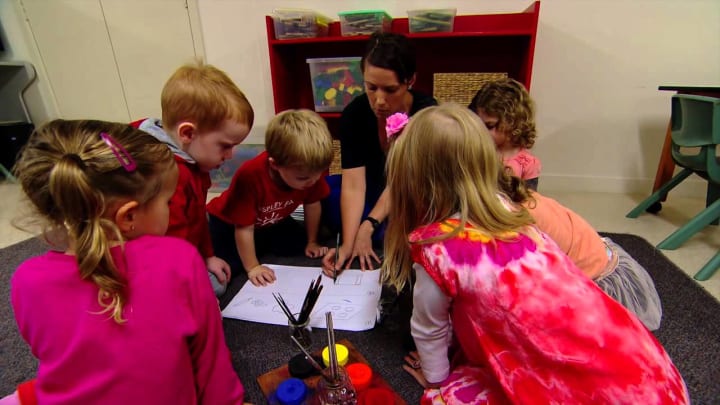
Shielding your child from this process is not good. What is good is including them the best you can. You want them to be concerned, not crippled with fear at the slightest mention of the word ‘disaster’. Fear does nothing productive in a crisis. So you want them calm, but prepared the best they can be. Children are more resilient than you think. Sit down with them and discuss potential disasters in your area, what to look out for when outside, and how to prepare for one. Have them pick out the family meeting places as these locations provide them with the best comfort. Have them raced to see who can get out first during a fire drill, or buckled in for a bug-out situation. While shopping for supplies, let them pick out a couple of things. Assign them an age-appropriate job to make them feel more included.
Building their Bug-Out Bag
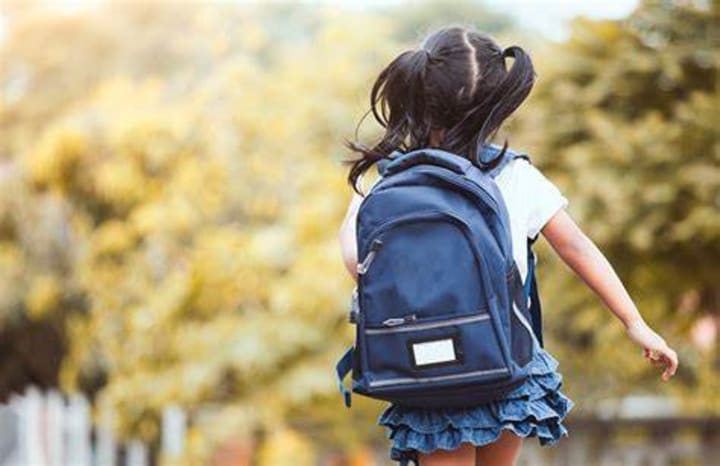
Your child’s Bug-Out Bag will look much different from yours. Their Bug-Out Bag is for their survival only, while yours focuses on the entire family. It should weigh only 10-15% of your child’s weight. This is so they can carry it easier, and you’ll be less likely to take so many breaks along the way. Have in their bag only one or two bottles of water and a couple of snacks to tie them over like it is a day trip instead of a three-day hike. If older (over twelve) give them a mini first aid kit and other more adult survival tools like a pocket knife or lighter when you feel they are mature enough to handle such hazardous tools. For those under twelve, keep it simple by making it more about comfort than practical preparedness. Also, for those under twelve, rotate the Bug-Out Bag every three months instead of each year to factor in interest changes and growth spurts.
Reading The Weather
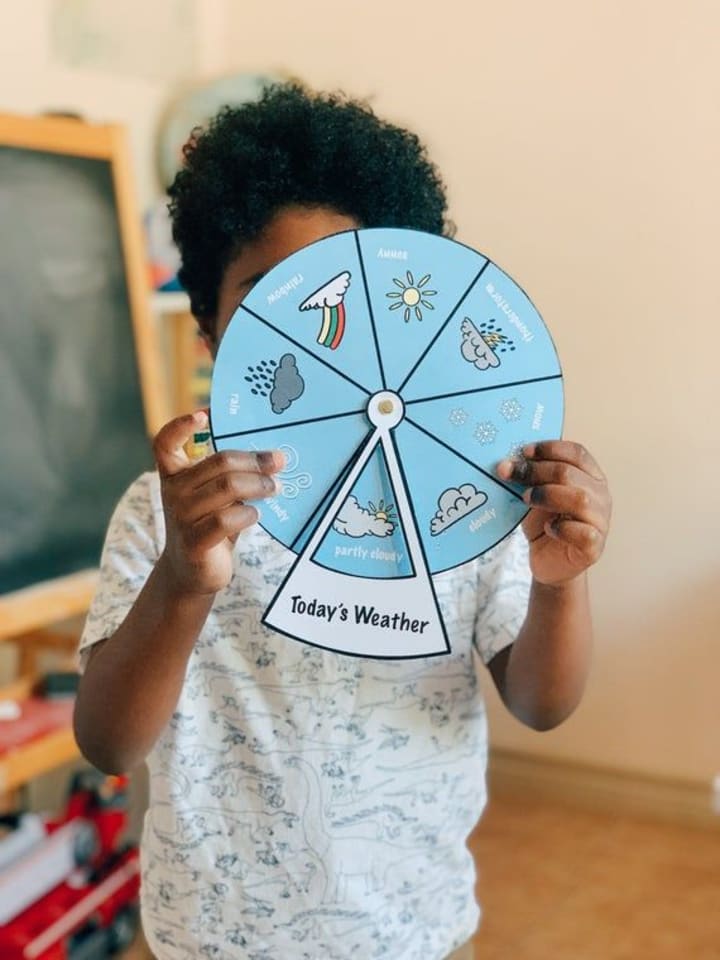
Learning about weather changes can start as early as four-years-old. At this age, they are vaguely aware of the weather changes around them. They know when it’s cold and when it’s hot, even if they don’t understand why it does this just yet. At this age, teach them how to dress accordingly to such changes. Go over the forecast every morning with them, and have them pick out the best outfit that fits the situation. Opening the doors of discussion to rain, snow, and wind as they happen provides an excellent teaching opportunity to go over flooding, blizzard, and tornado in a non-scary way. Going over these weather patterns with your kids early on provides them with a higher chance of knowing what to do when one occurs. This will also develop their critical thinking ability and give them a better understanding of cause and effect.
Communication
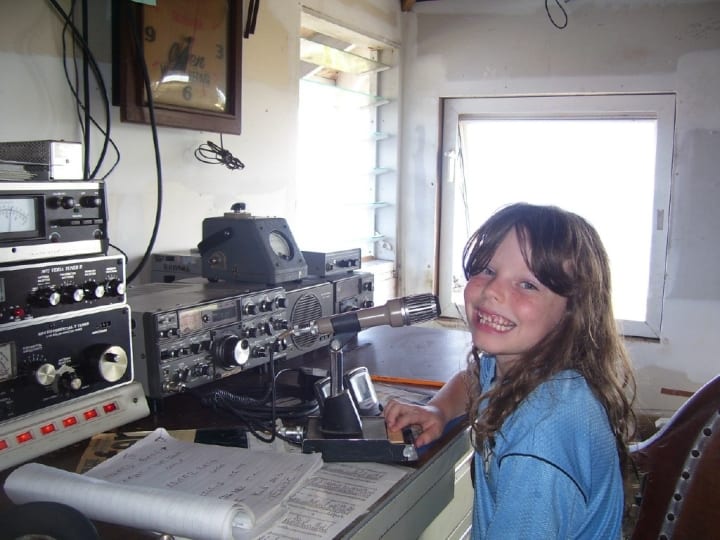
Communication is the key to a successful life. Delegate the steps one by one while doing a project so they understand what goes into the development of an item. Show them important landmarks on your map and explain to them what they are, so when you give them directions they won’t be confused, becoming even more lost. Teach them how to use a walkie-talkie and a HAM radio (if you have one) in case a situation arises requiring their use, making them prepared for the task at hand. Show them how to handle their emotions in a way that doesn’t cause personal or physical damage. Disasters are stressful, and they should know that feeling hopeless and overwhelm are common during these times. Often, if left unchecked, these bottled-up emotions can lead to hoarding, addiction, anxiety disorders, and other mental health problems in the future.
About the Creator
M.L. Lewis
Welcome to my little slice of pie. This blog will primarily focus on prepping and homesteading skills with a sprinkle of fiction every now and then.


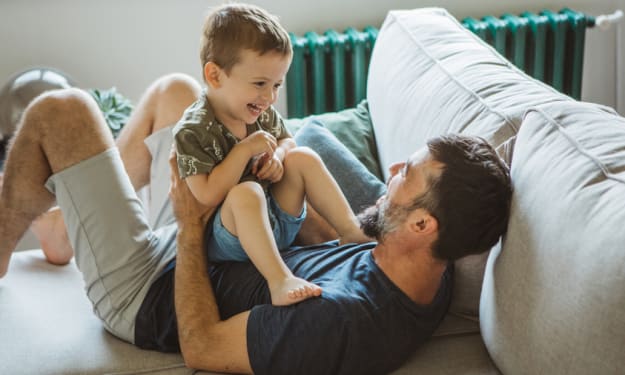



Comments
There are no comments for this story
Be the first to respond and start the conversation.